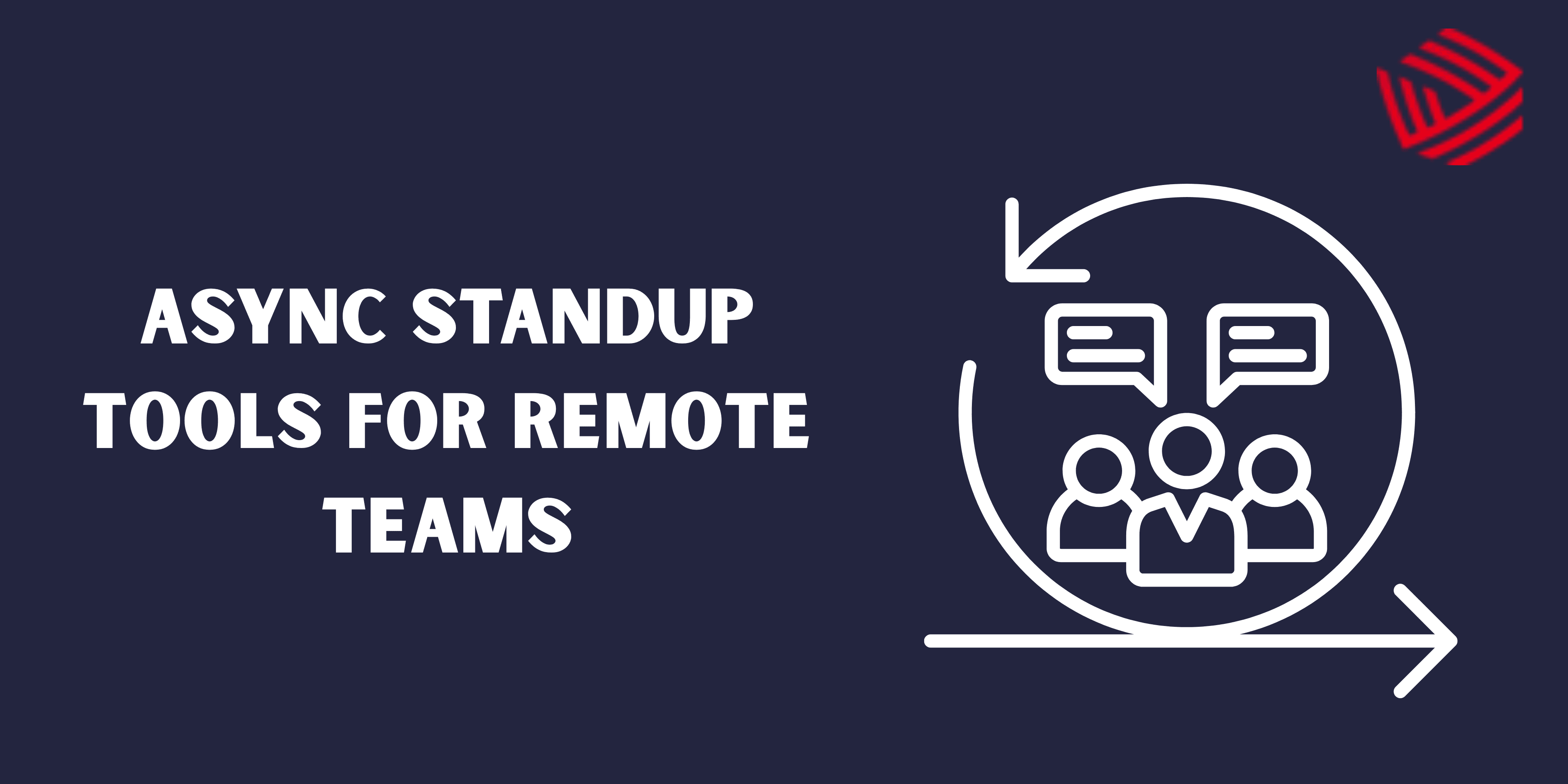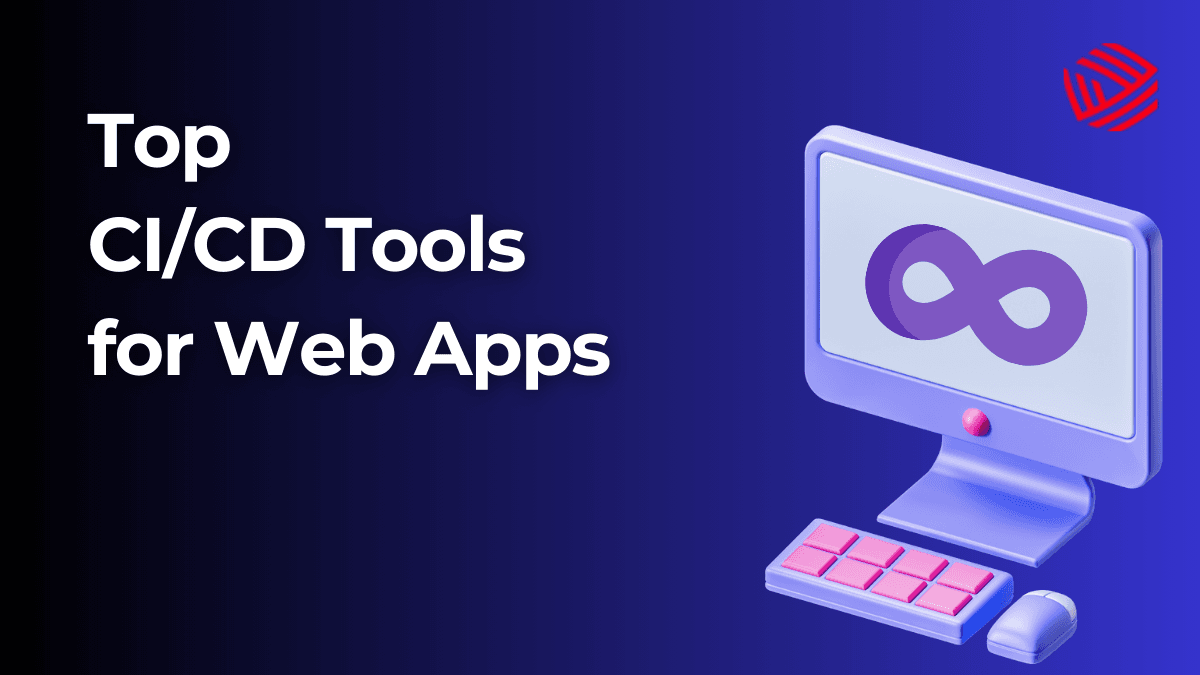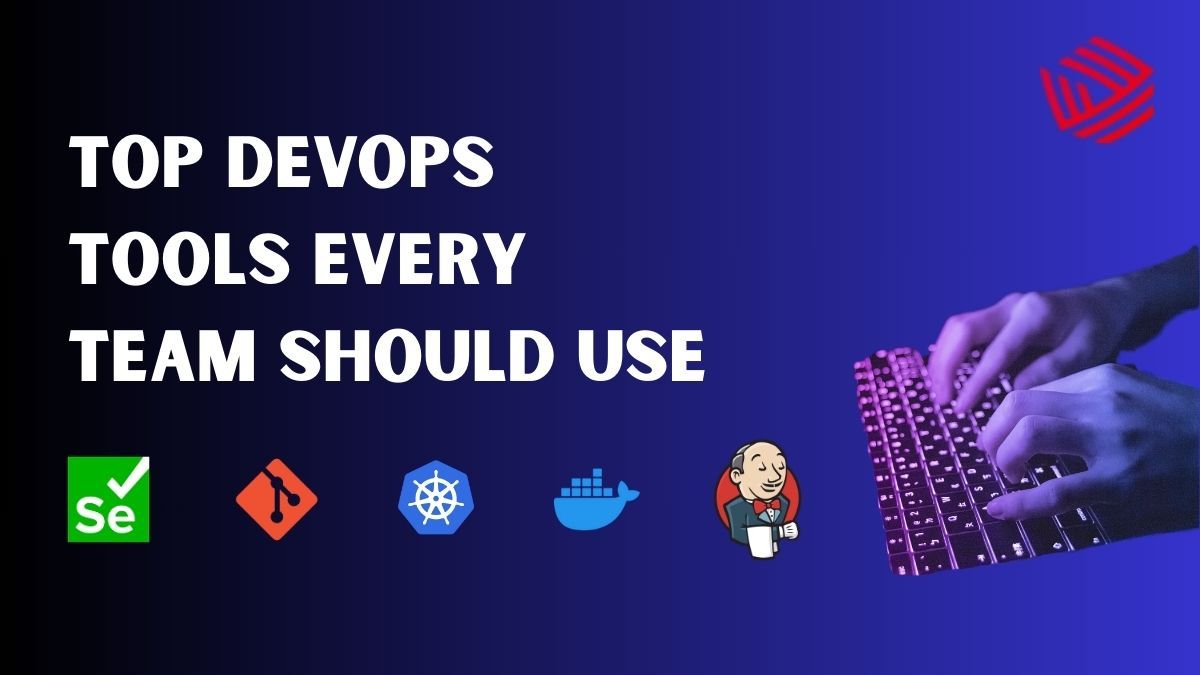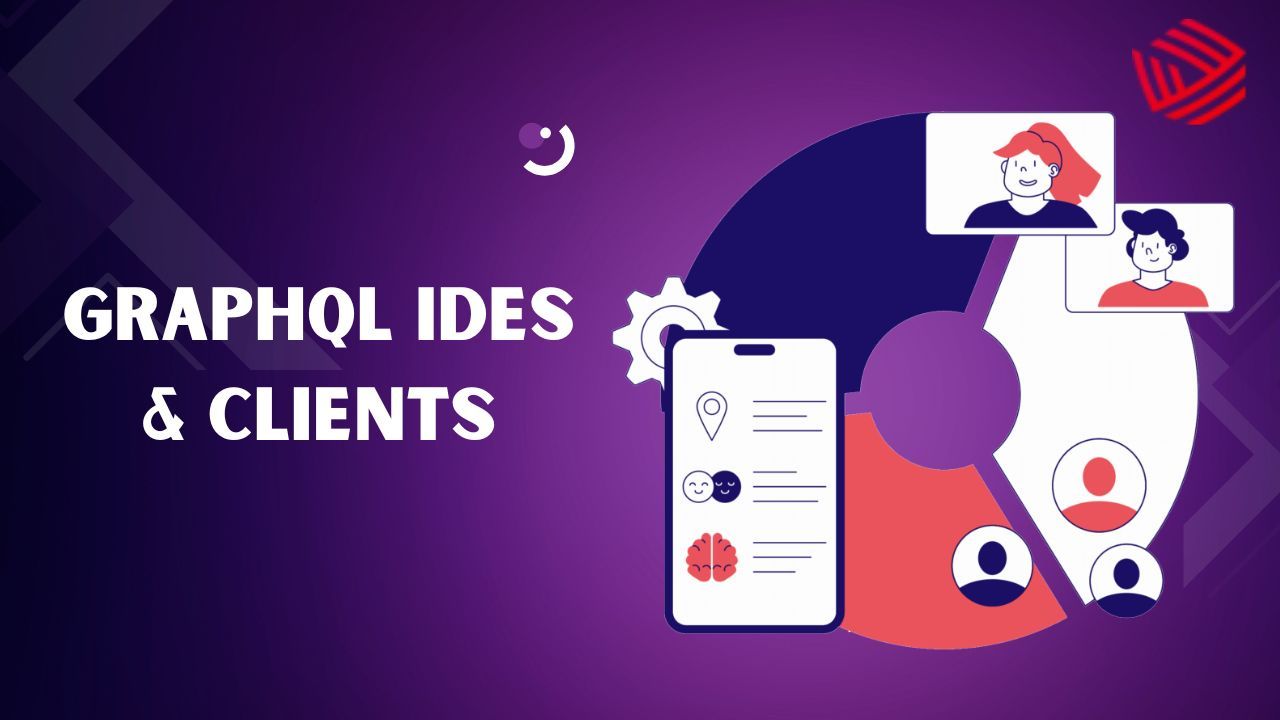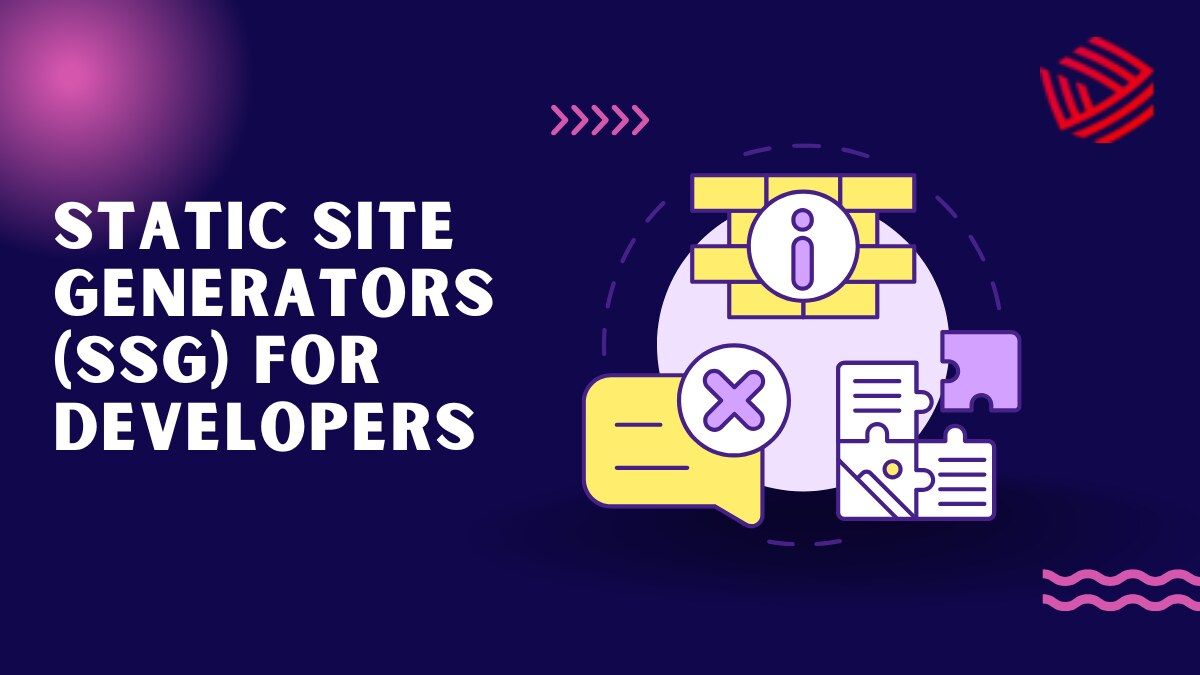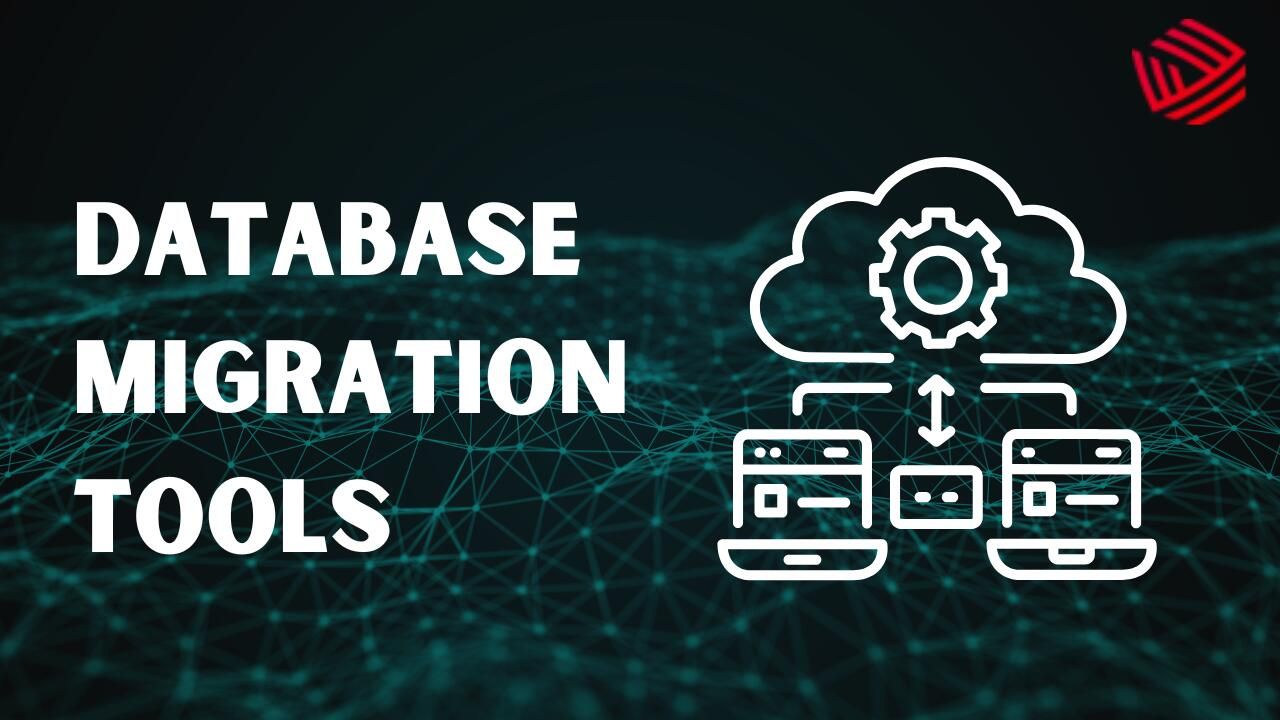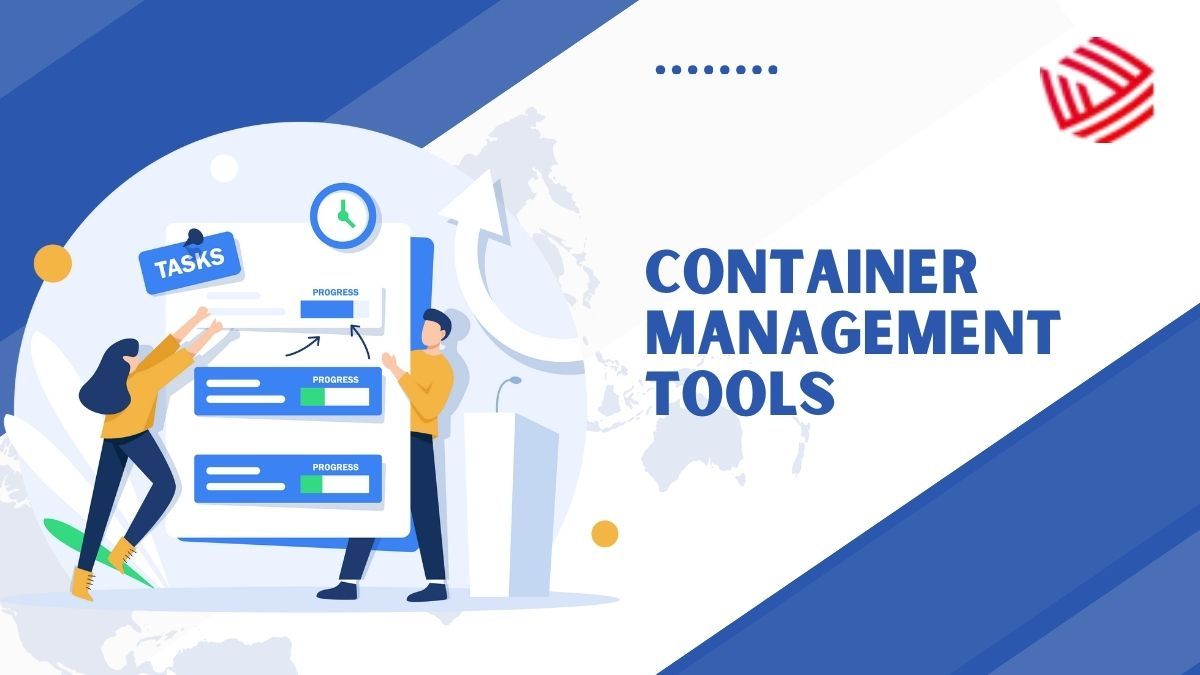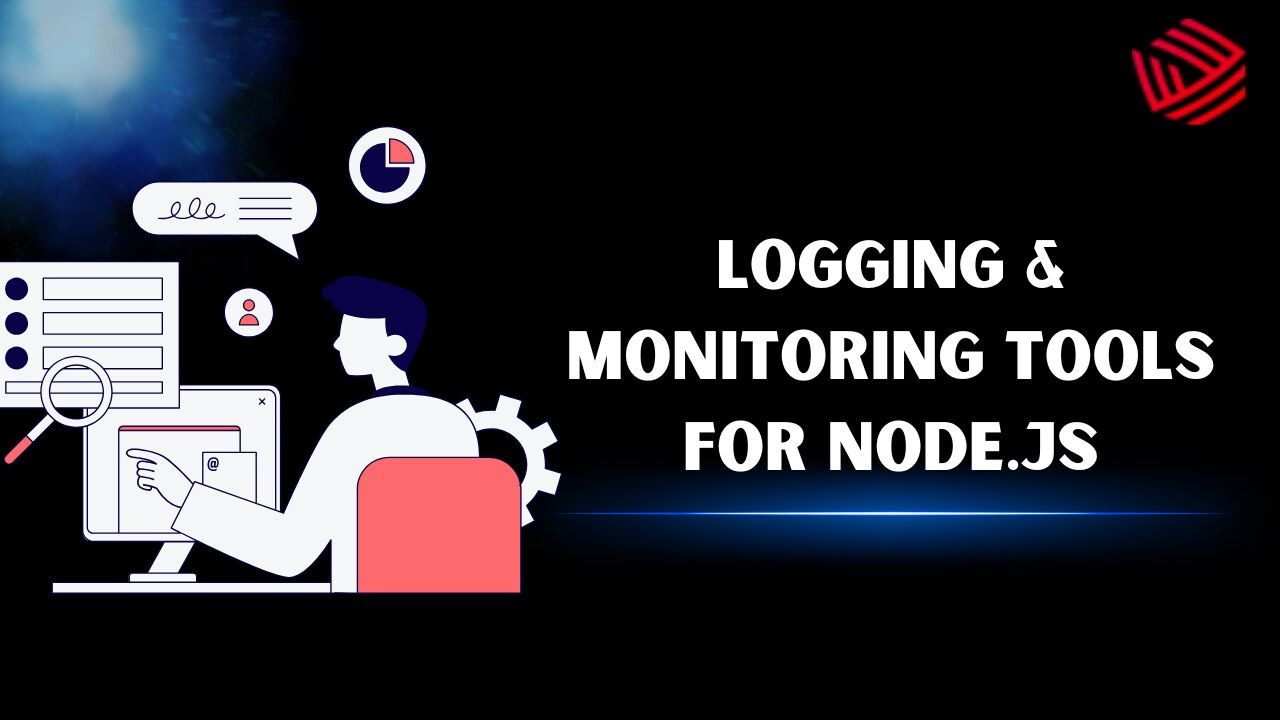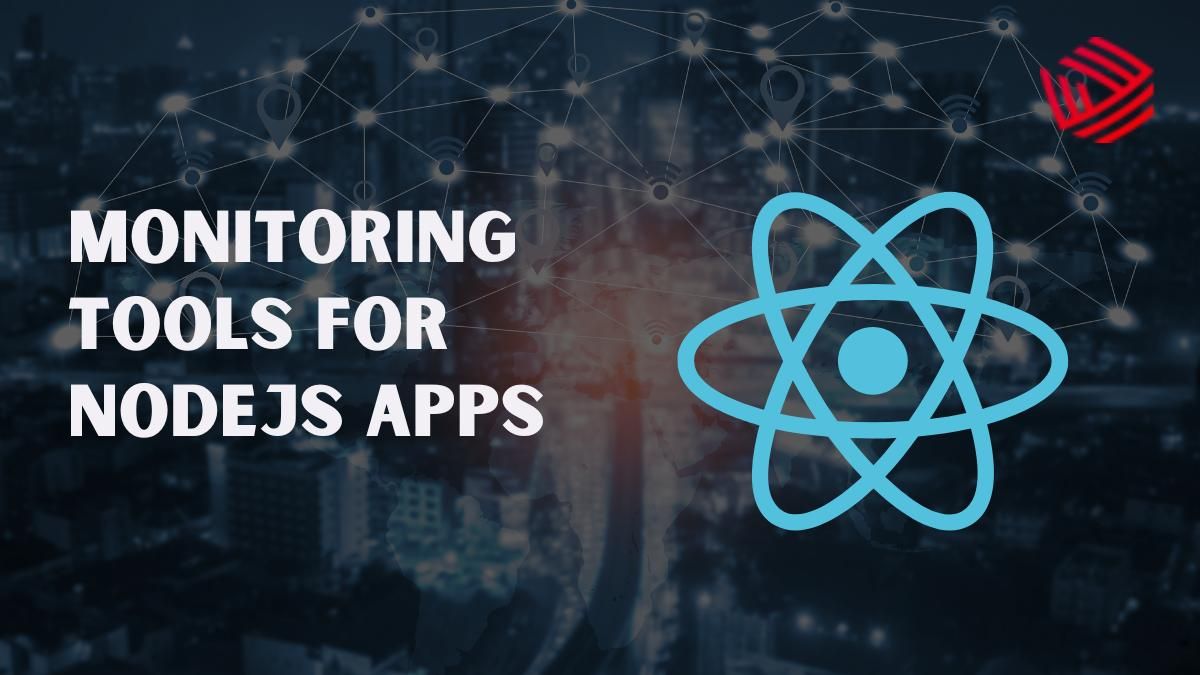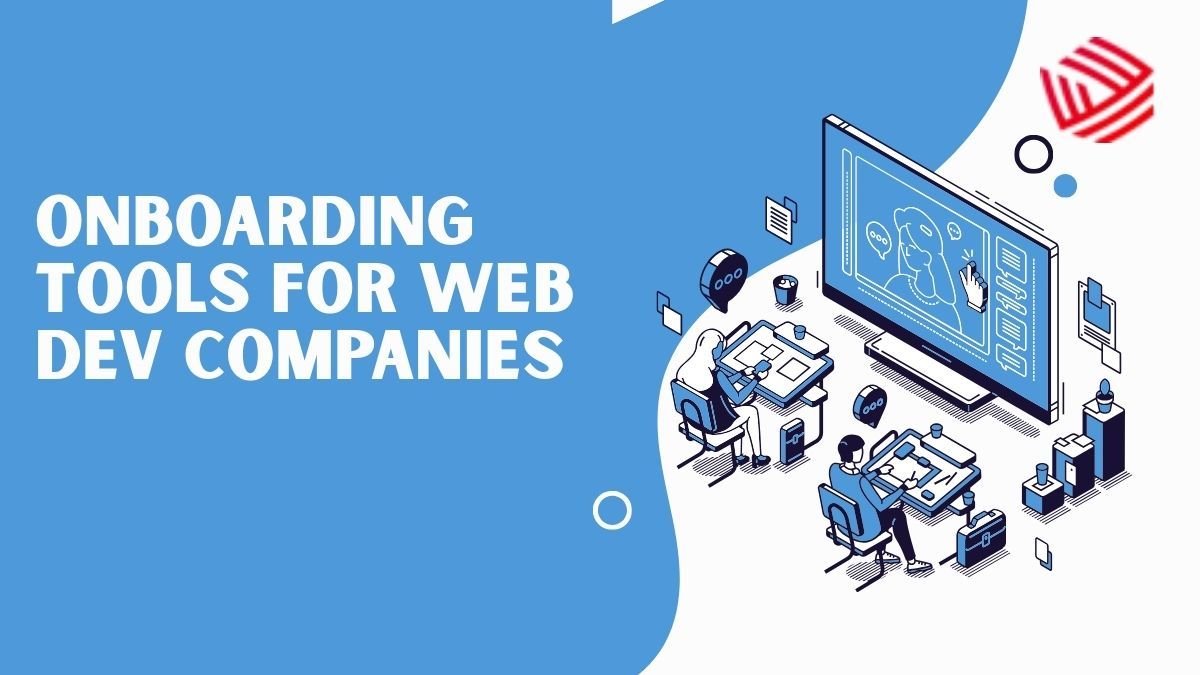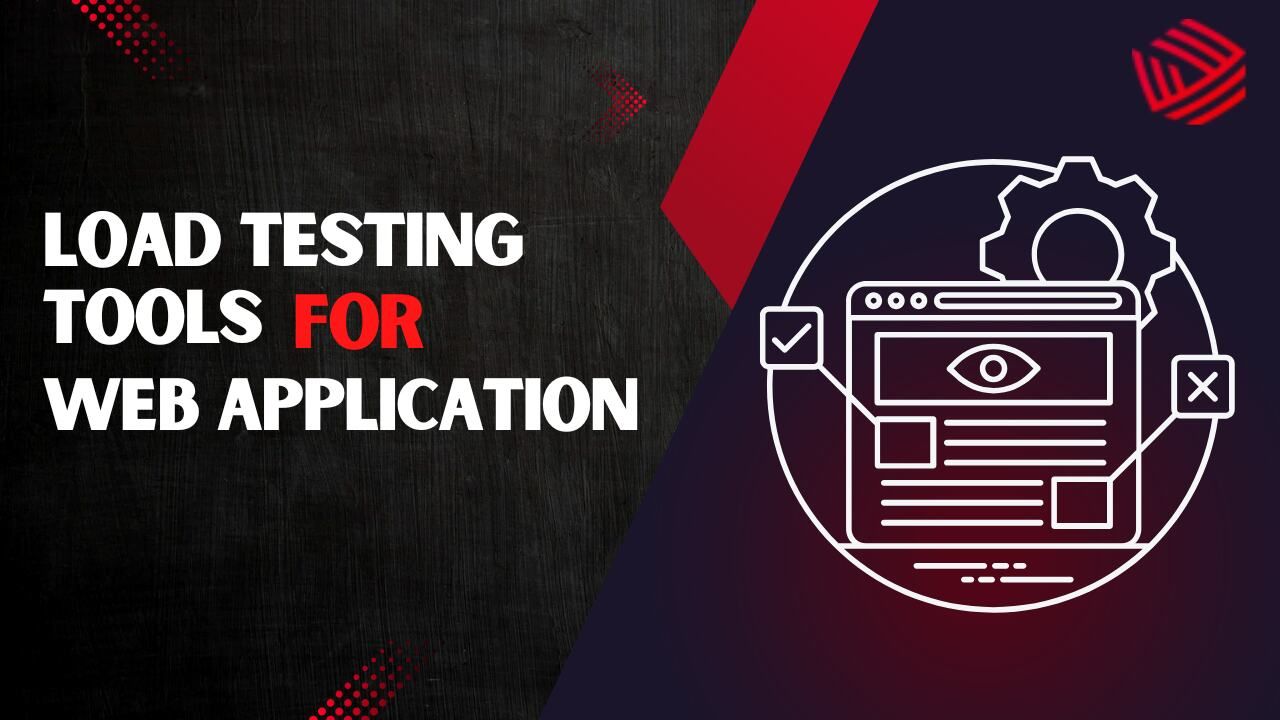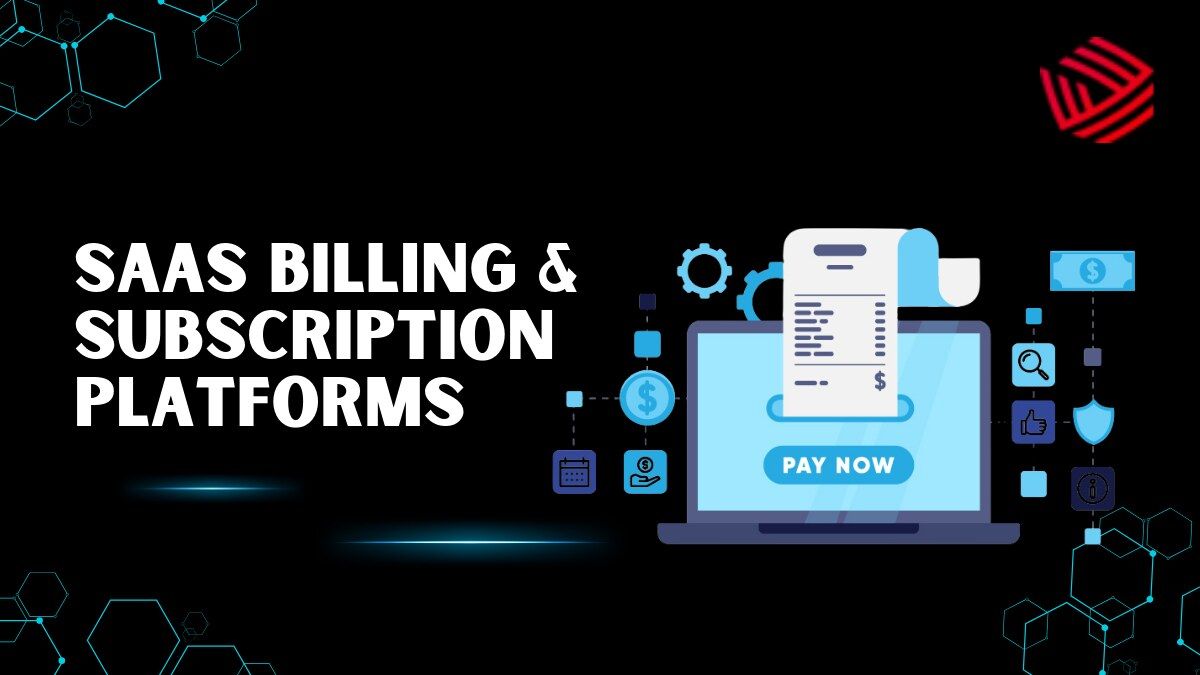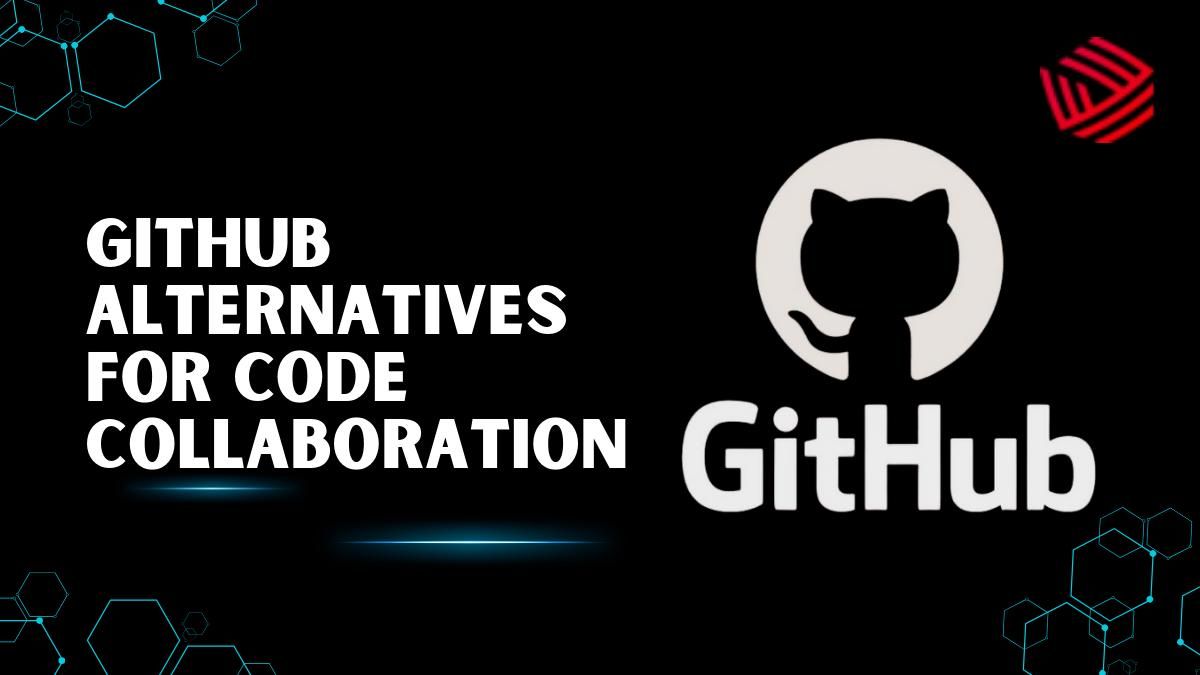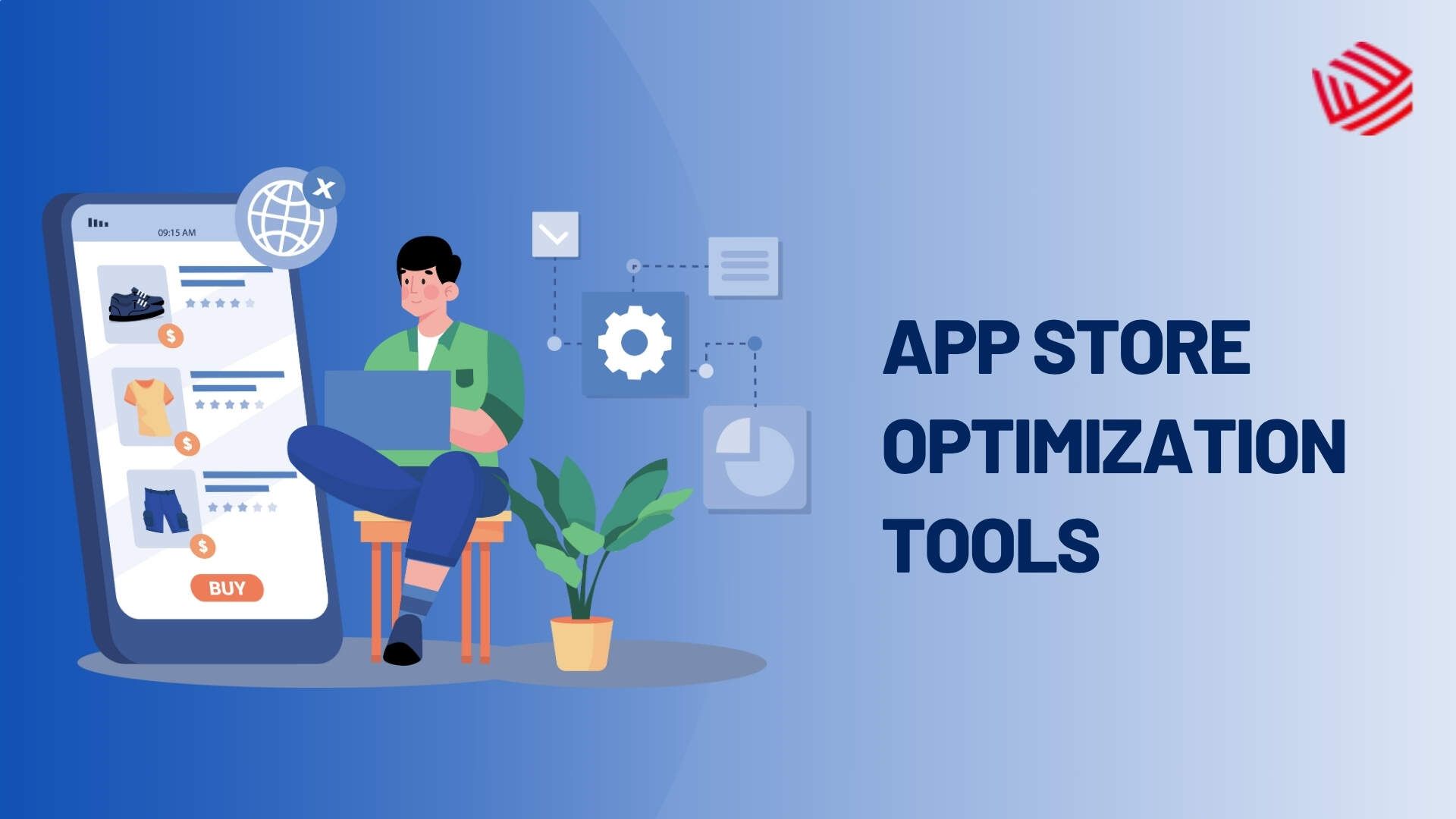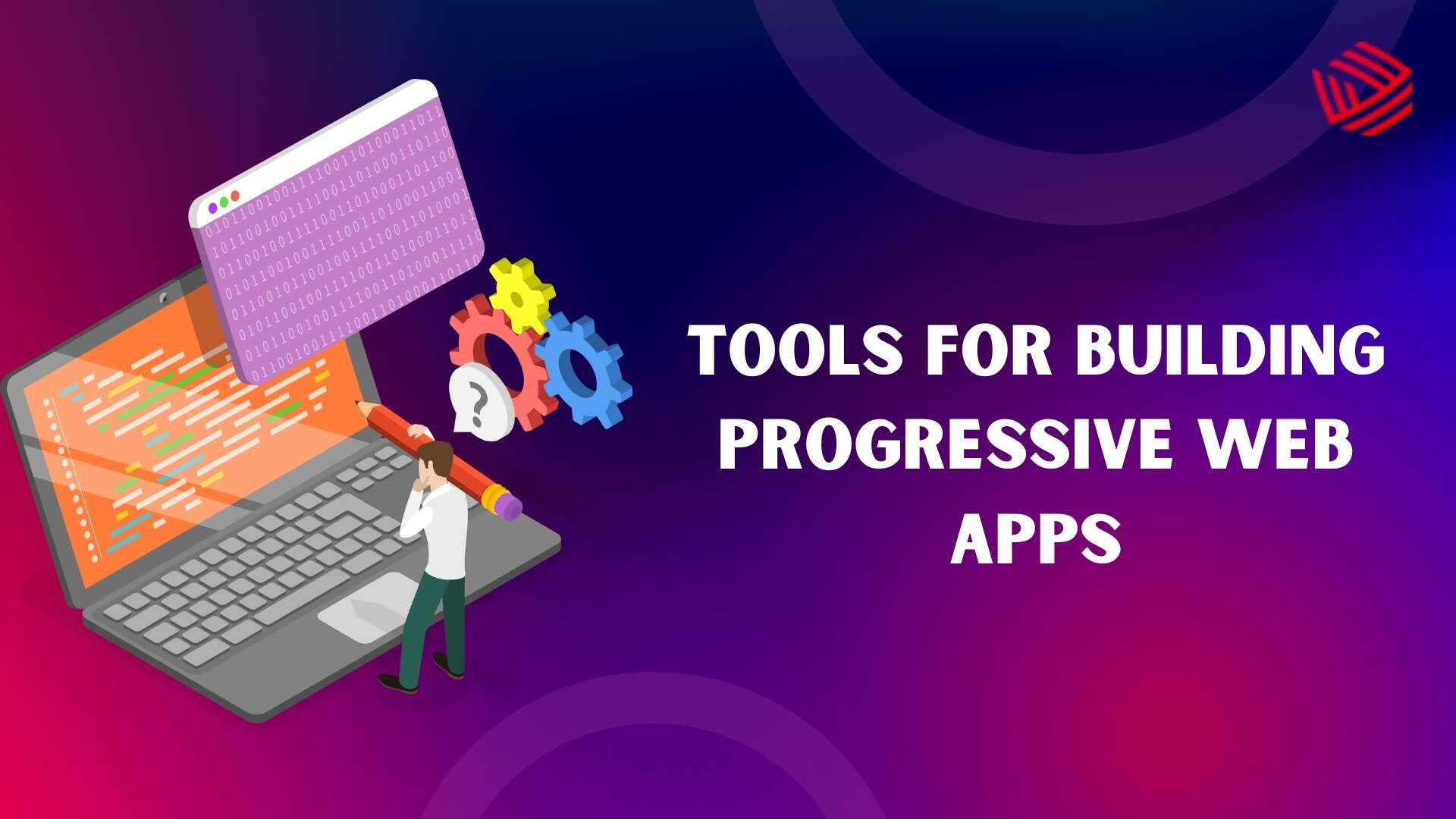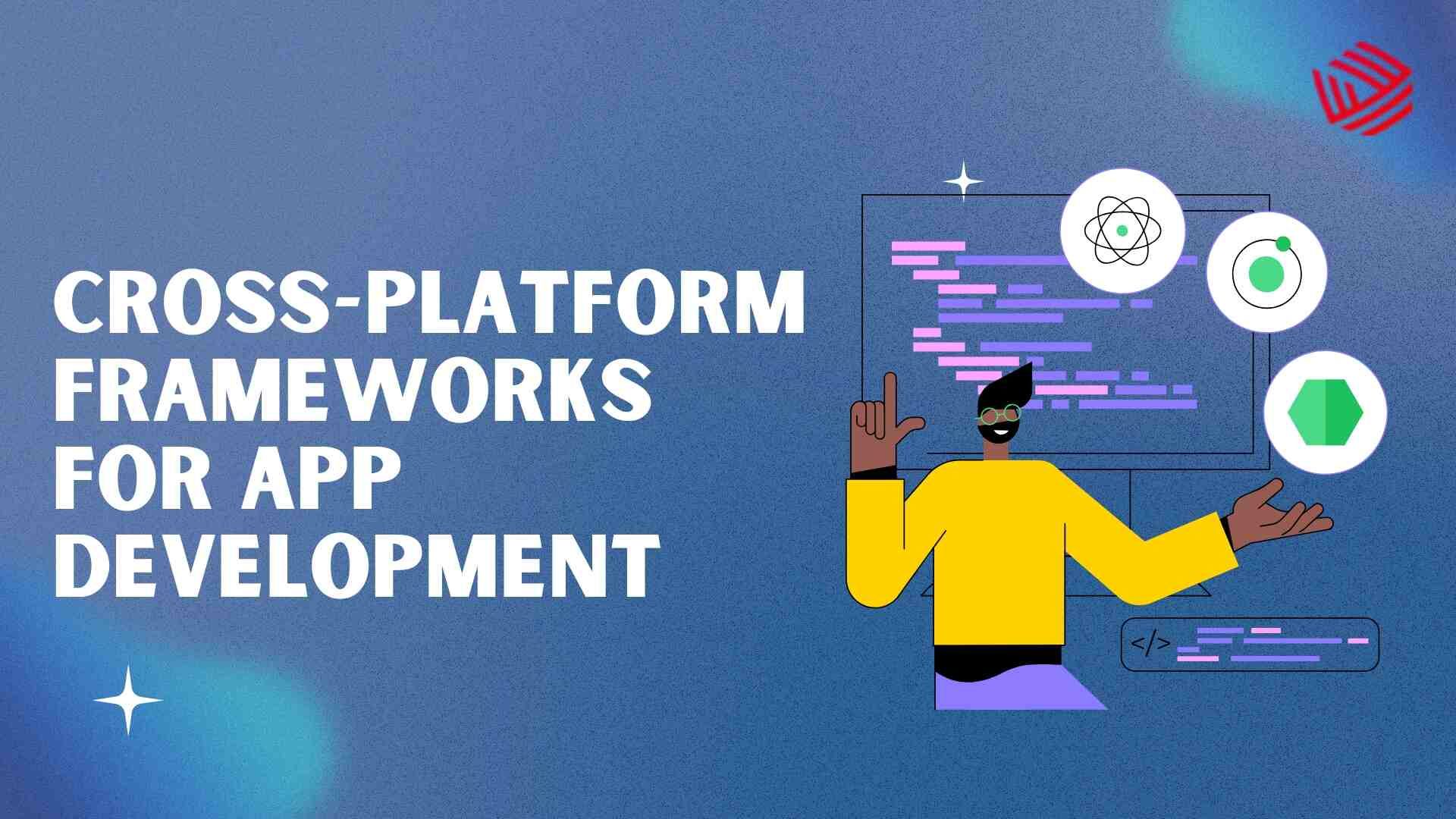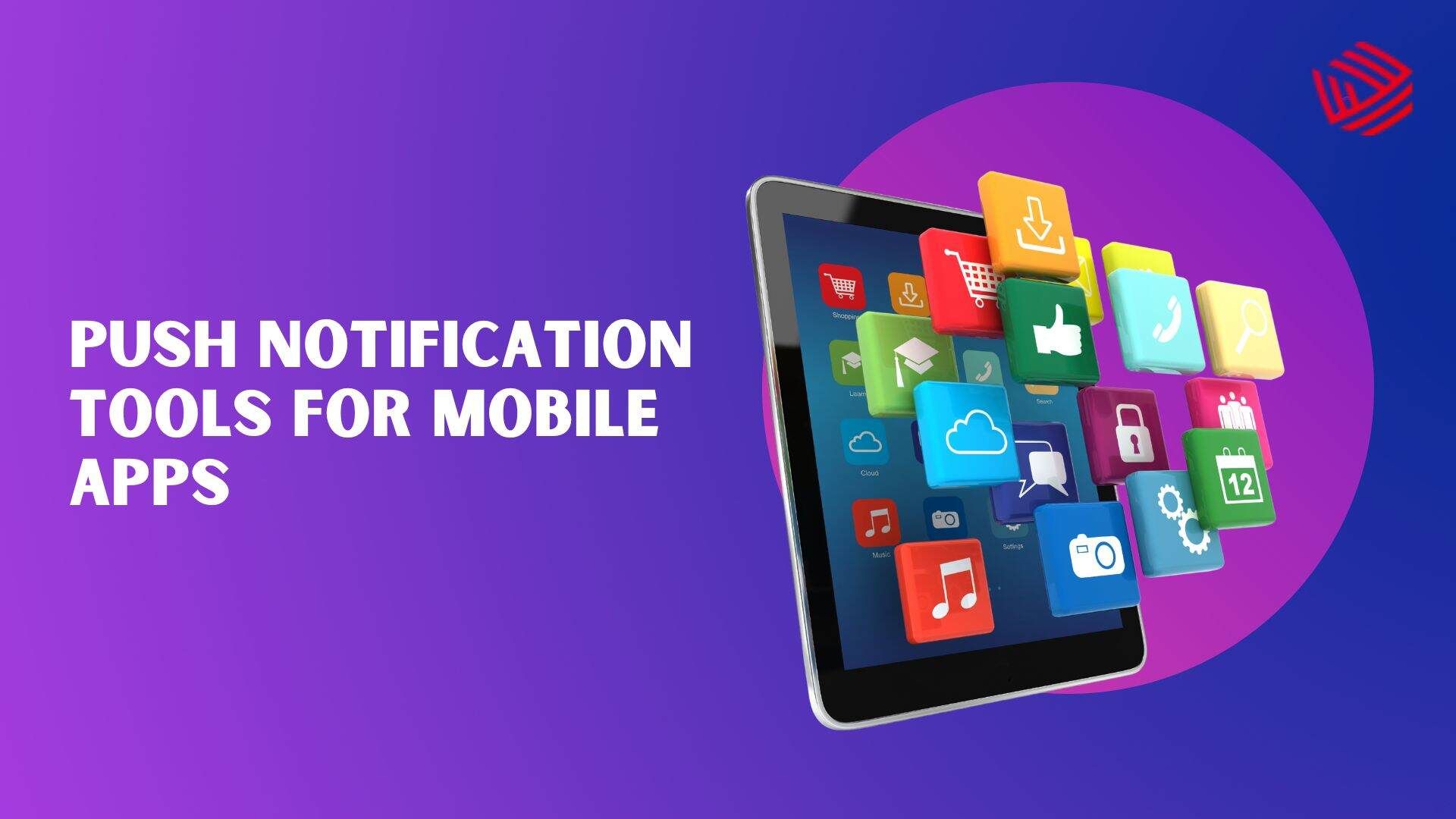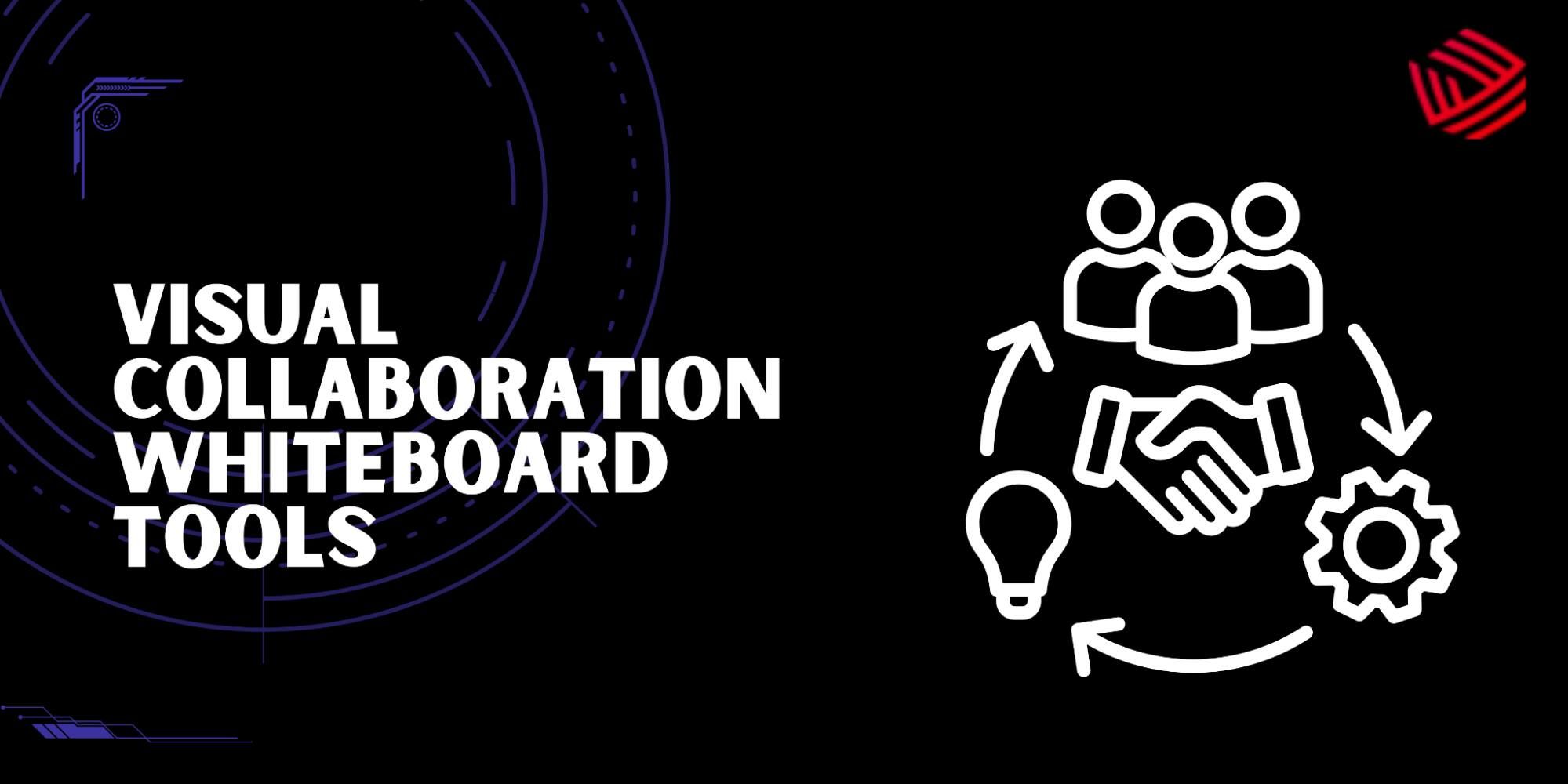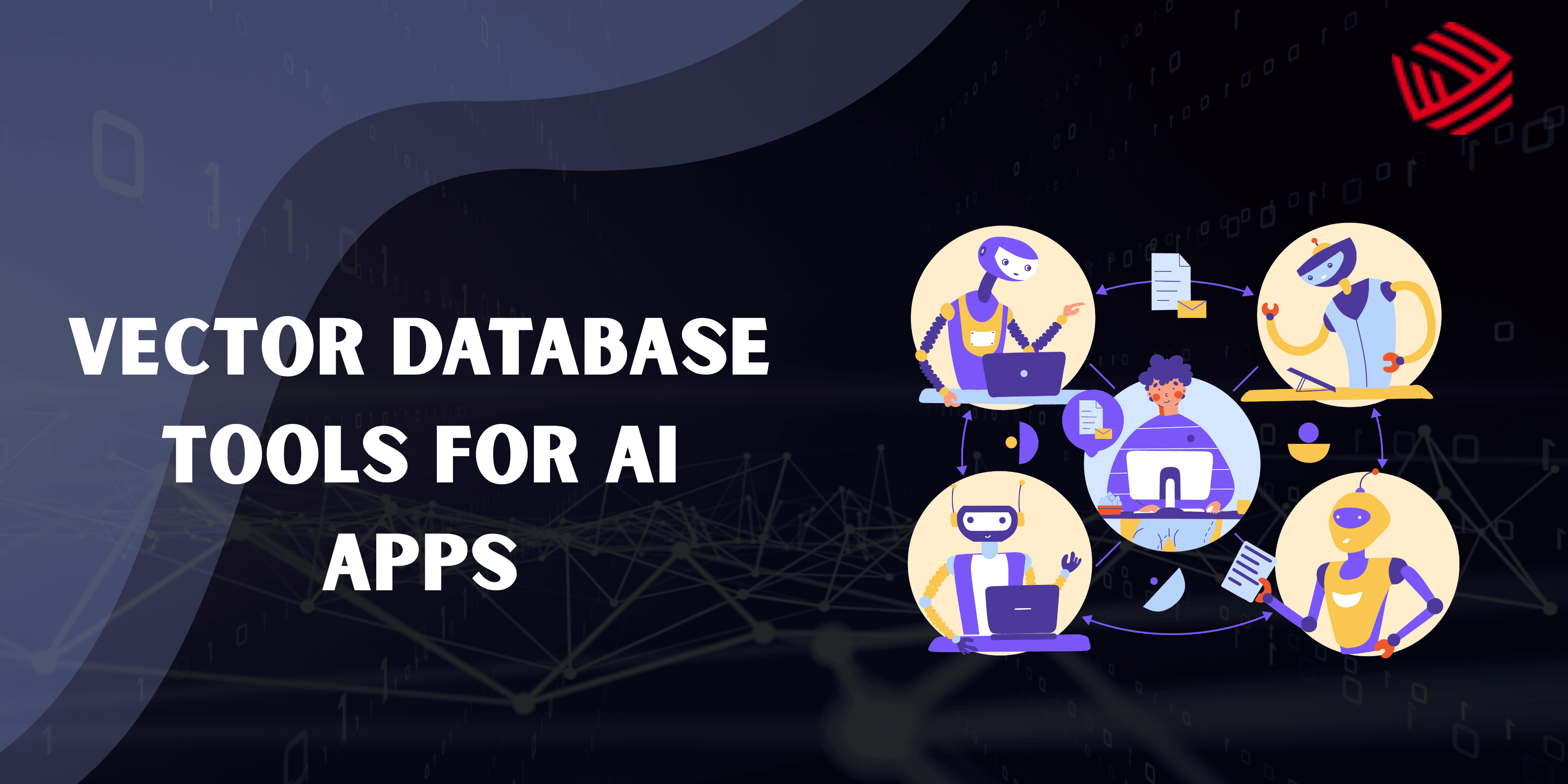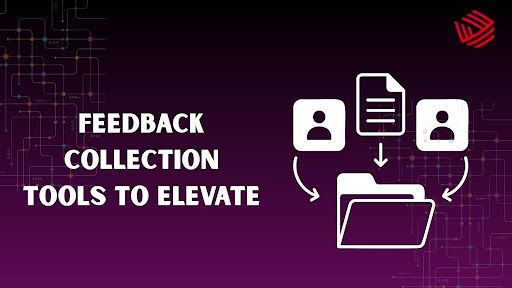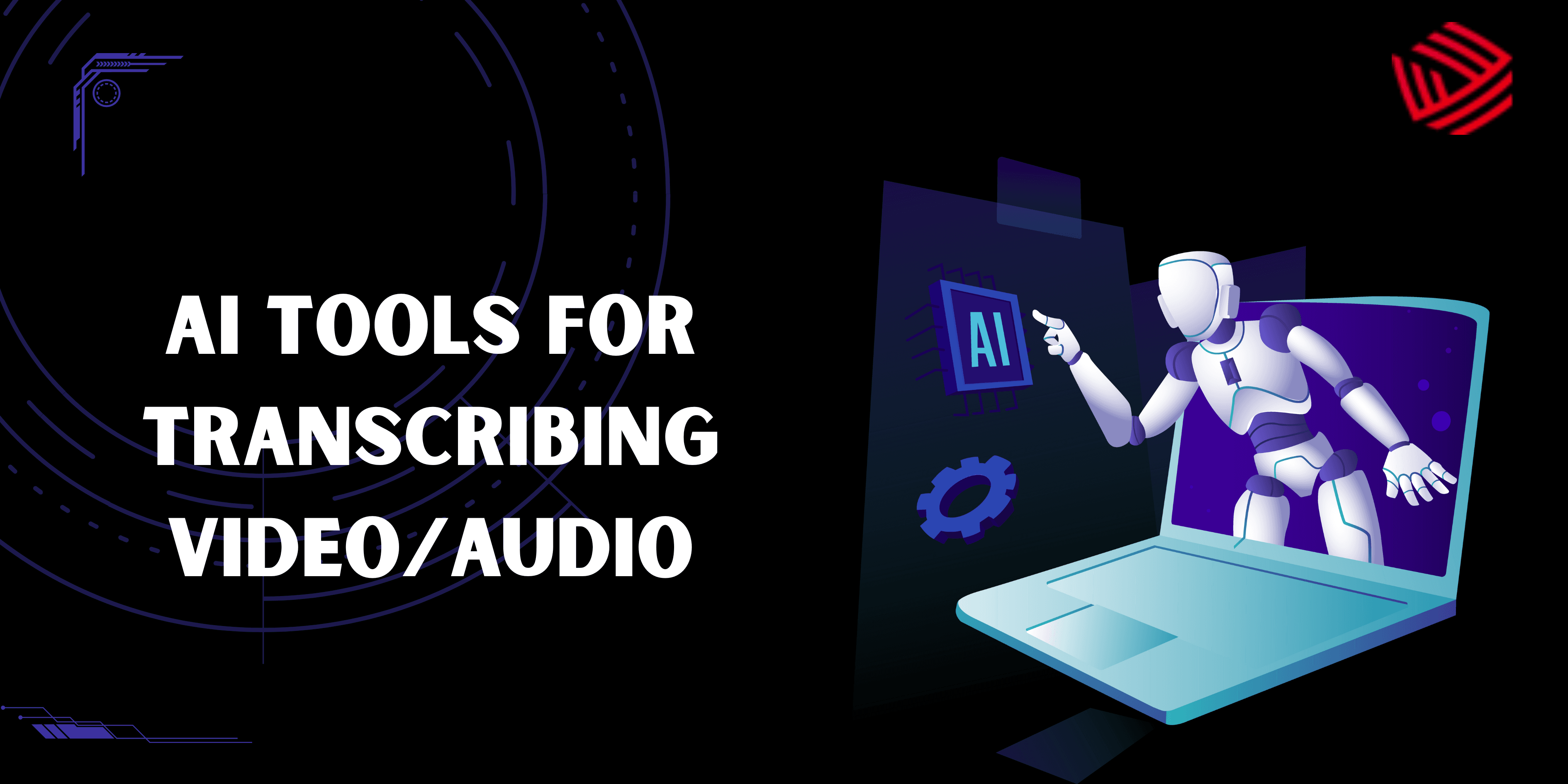Asynchronous standup tools are designed to replace traditional, time-bound daily standups. Instead of meeting live, team members submit their updates asynchronously—on their own time—using a structured format (e.g., What did you do yesterday? What will you do today? Any blockers?).
These tools are especially valuable for:
- Remote & distributed teams
- Global teams in different time zones
- Agile development workflows
- Reducing Zoom fatigue
Benefits of Async Standup Tools
- Time zone flexibility
- Eliminates unnecessary meetings
- Increases focus time
- Provides written accountability
- Creates searchable records
Top 10 Async Standup Tools for Remote Teams
1. Geekbot
Overview:
Geekbot is a powerful Slack and Microsoft Teams integration that automates daily standups, retrospectives, and custom check-ins.
Key Features:
- Works directly inside Slack/Teams
- Customizable questions and frequency
- Mood tracking & anonymity support
- Powerful reports & summaries
Best For:
Teams using Slack or Microsoft Teams who want structured and seamless async check-ins.
Pricing:
Free for up to 10 users, paid plans start at $2.50/user/month.
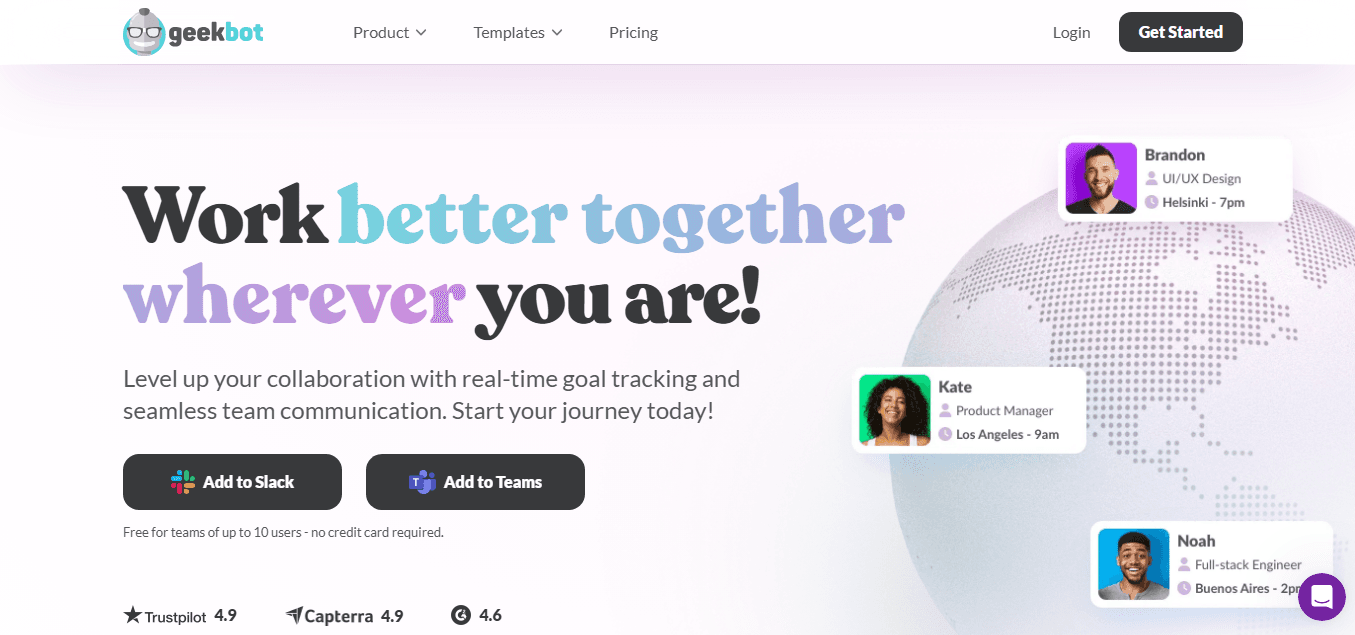
2. Standuply
Overview:
Standuply is a comprehensive standup bot that works with Slack. It supports async video, voice, or text responses and integrates with Jira, Trello, GitHub, and more.
Key Features:
- Video/audio/text standups
- Survey automation
- Task & KPI tracking
- Agile reporting tools
Best For:
Agile engineering and product teams needing rich integrations and analytics.
Pricing:
Starts at $5/user/month. Free plan available with limited features.
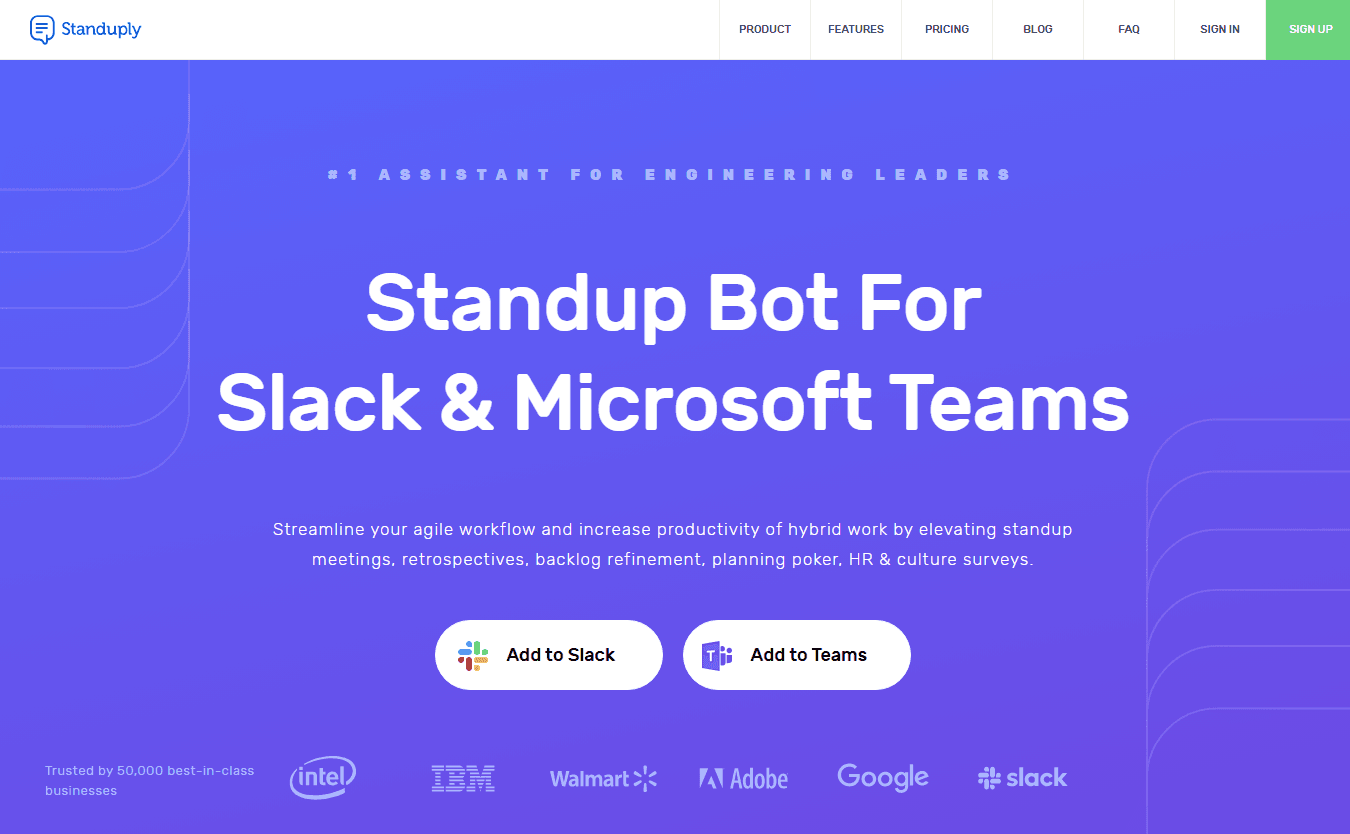
3. DailyBot
Overview:
DailyBot enables async standups in Slack, Microsoft Teams, Google Chat, and Discord. It also offers kudos, team check-ins, and goal tracking.
Key Features:
- Fully async check-ins across multiple platforms
- Mood tracking and watercooler prompts
- Commands like /daily and /kudos
- AI-powered summaries
Best For:
Cross-functional teams that need async updates with extras like goal setting and team culture.
Pricing:
Free for up to 10 users. Paid plans start at $3/user/month.
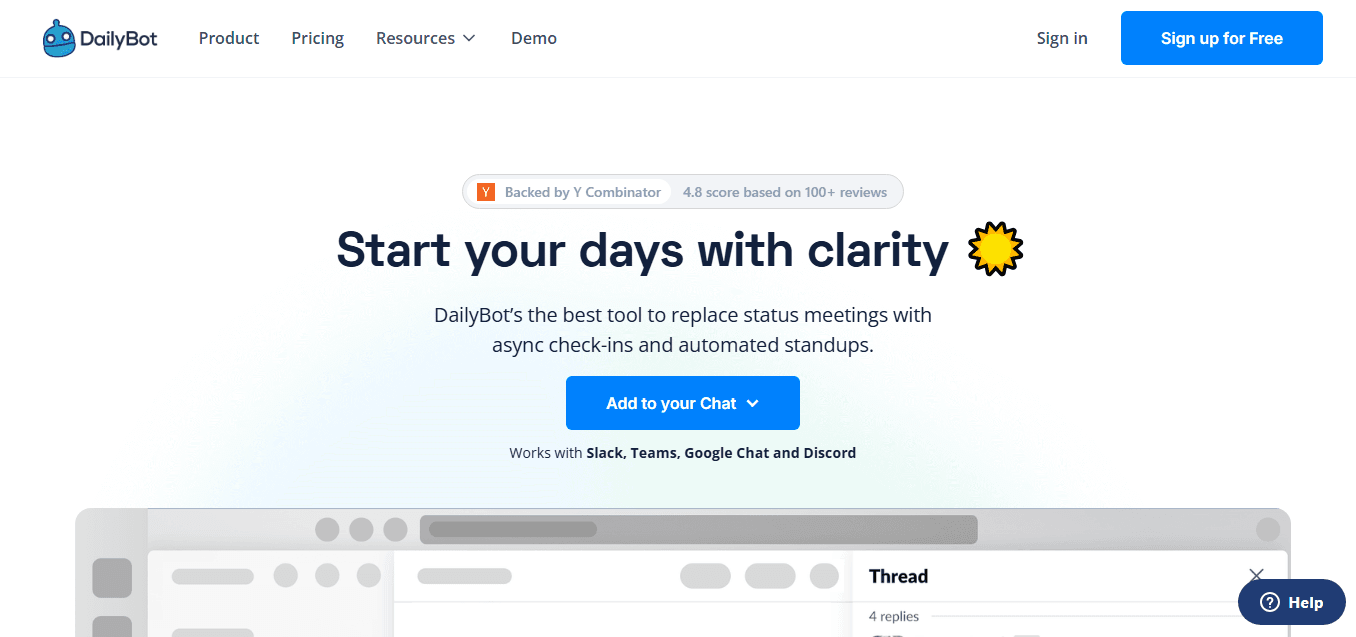
4. Range
Overview:
Range combines async check-ins with team building. It goes beyond daily updates by fostering team engagement through goals, moods, and icebreakers.
Key Features:
- Slack & email integrations
- Goals and OKR tracking
- Team mood check-ins
- Agenda and note-sharing for live meetings
Best For:
Remote teams looking to balance structure with emotional and cultural engagement.
Pricing:
Free for up to 12 users. Paid plans start at $8/user/month.
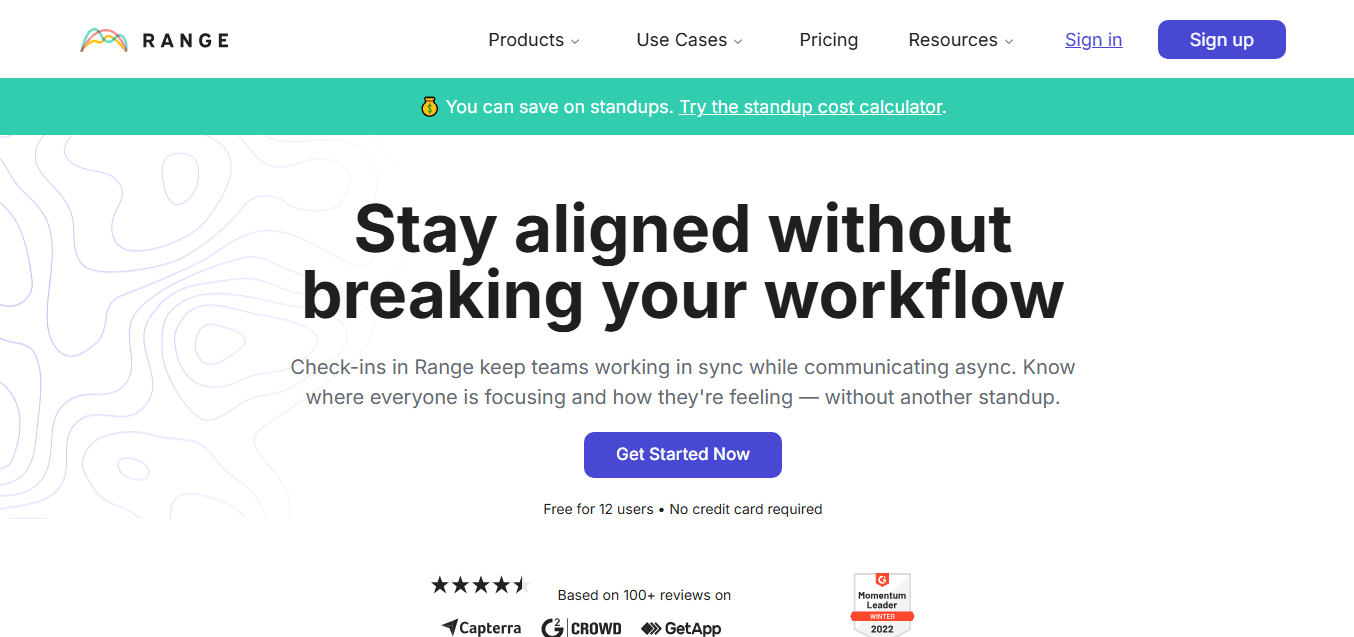
5. Status Hero
Overview:
Status Hero is a lightweight, async tool for capturing daily goals, achievements, and blockers via email, Slack, or Teams.
Key Features:
- No meetings required
- Auto-reminders and digest reports
- Integration with project management tools
- Real-time team dashboard
Best For:
Engineering teams who prefer email-first or minimalist standups.
Pricing:
14-day free trial. Plans start at $3.50/user/month.
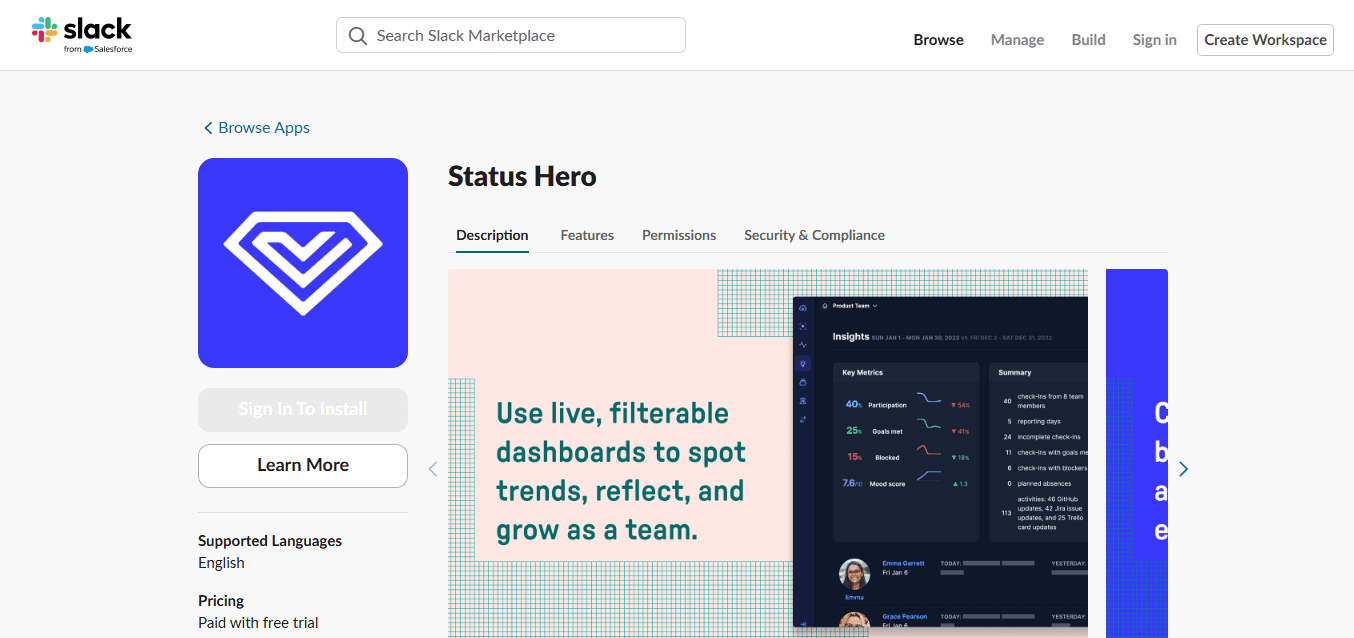
6. Jell
Overview:
Jell simplifies async standups, goal tracking, and performance reporting. It works well with Slack and integrates with GitHub, Jira, and Trello.
Key Features:
- Automated reminders
- Visual team dashboards
- Goal alignment and progress tracking
- Integrates with dev tools
Best For:
Software and product teams focused on execution and transparency.
Pricing:
Starts at $5/user/month. 14-day free trial available.
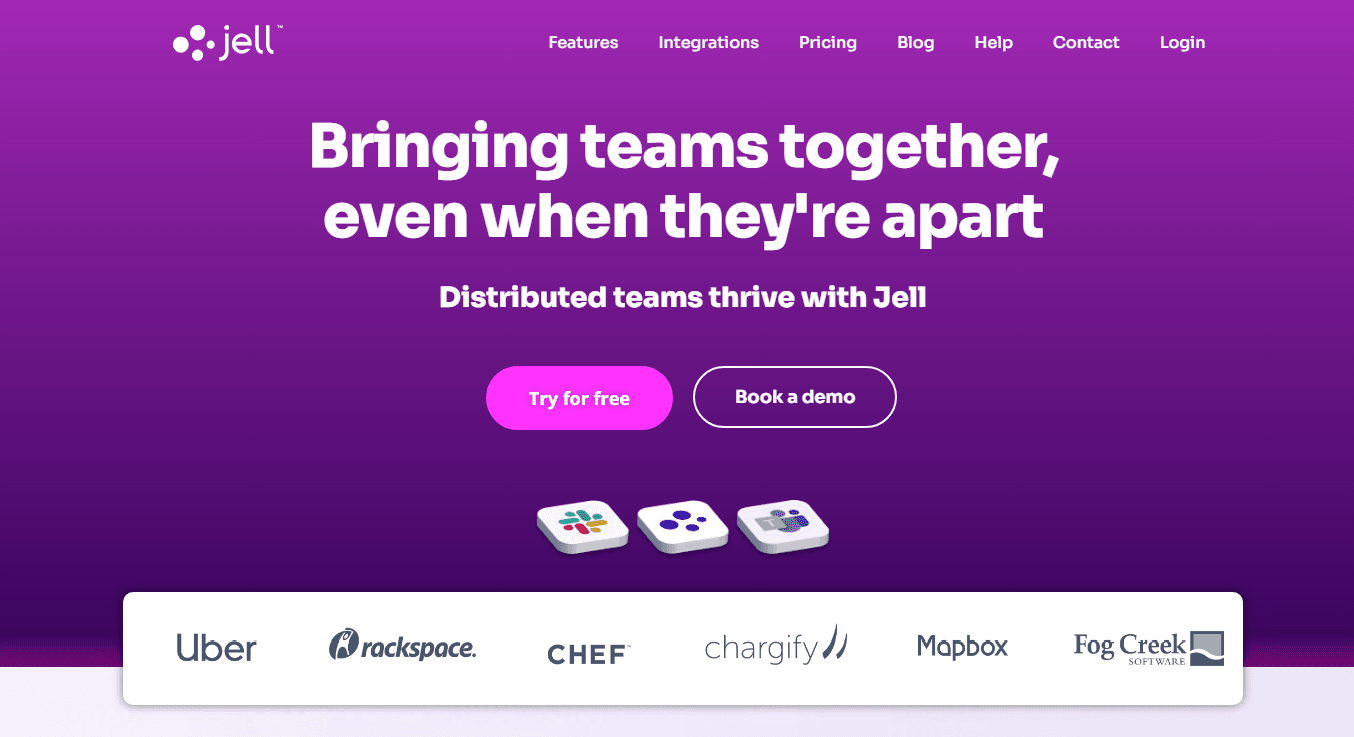
7. Friday (Now part of ClickUp)
Overview:
Friday was a leading async work platform offering check-ins, goals, and integrations. Now acquired by ClickUp, its core async features are embedded in ClickUp’s ecosystem.
Key Features:
- Asynchronous check-ins
- Time zone-friendly updates
- Goal tracking within ClickUp
- Task integration
Best For:
Teams already using or migrating to ClickUp for full project & async work management.
Pricing:
Included in ClickUp Business+ plans.
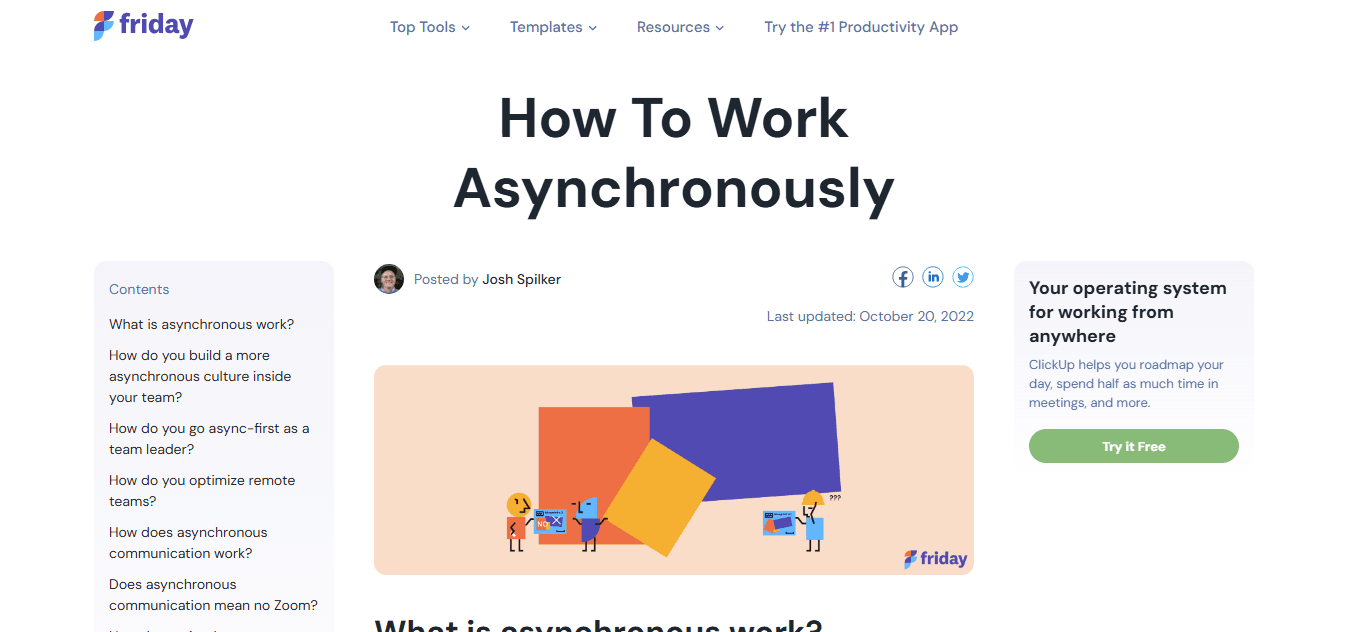
8. Troopr
Overview:
Troopr is a Slack-first bot offering async standups, agile reporting, and team activity feeds from tools like GitHub and Jira.
Key Features:
- Slack-native workflows
- Sprint, retro, and check-in reports
- Custom templates for scrum rituals
- Bot reminders for missed updates
Best For:
Agile teams using Slack who want a hands-off approach to daily scrums.
Pricing:
Starts at $4/user/month. Custom enterprise pricing available.
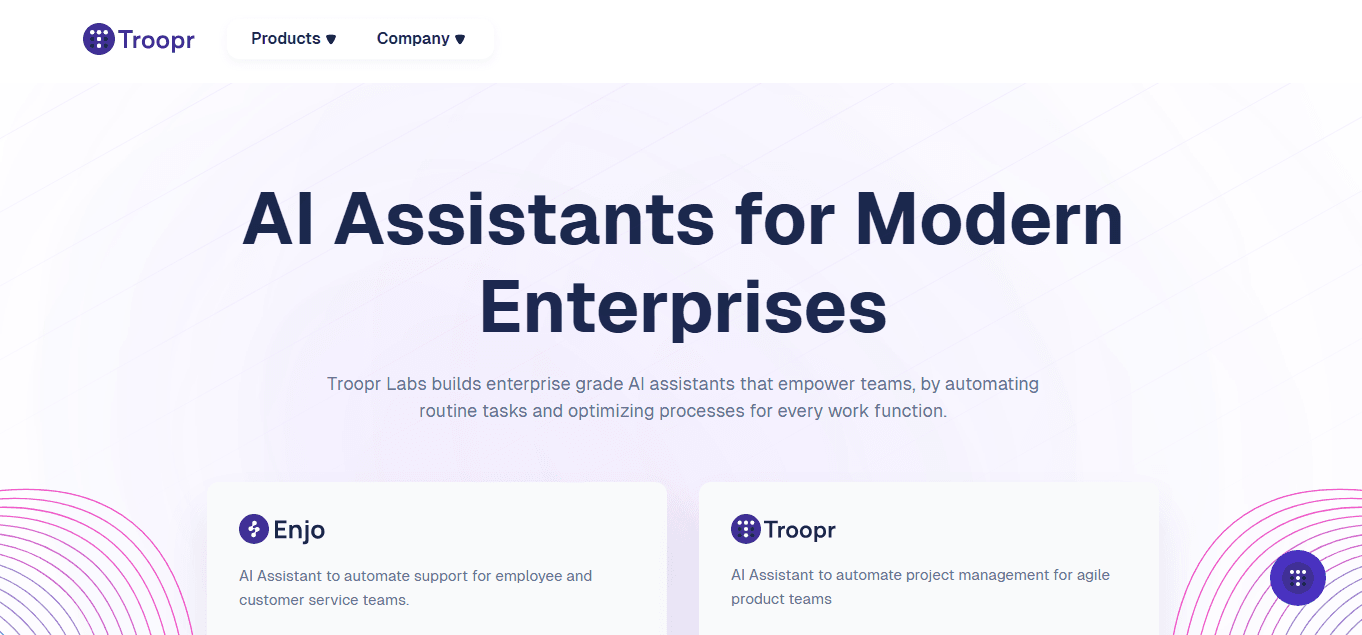
9. Tatsu
Overview:
Tatsu is a voice-first async meeting tool for Slack. It offers a unique way to record and listen to daily standups asynchronously.
Key Features:
- Audio standups within Slack
- Team voice responses
- Async meeting flow
- Recaps and summaries
Best For:
Teams that prefer voice updates but don’t want real-time calls.
Pricing:
Free for basic use. Paid plans start at $3/user/month.
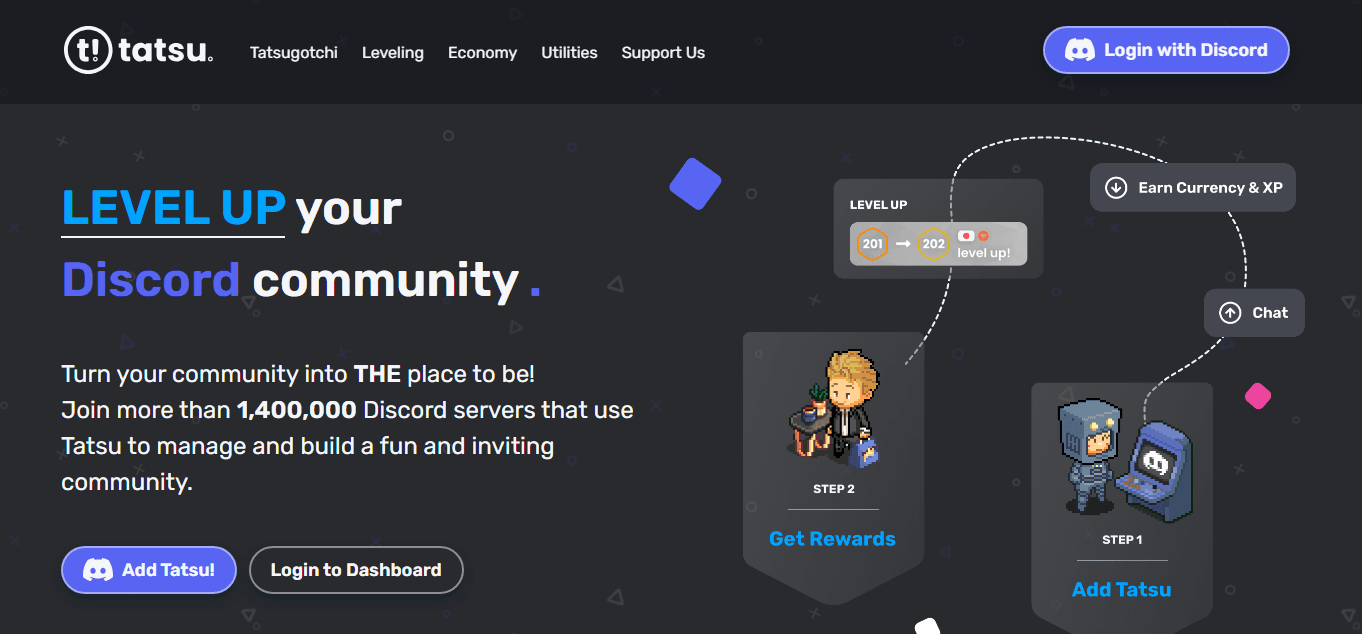
10. Check-ins by 15Five
Overview:
15Five is a performance management tool with async check-in features like weekly updates, pulse questions, and performance reflections.
Key Features:
- Weekly async check-ins
- Goal alignment and OKRs
- Manager feedback loop
- Performance insights
Best For:
HR and leadership teams managing performance alongside async communication.
Pricing:
Starts at $10/user/month.
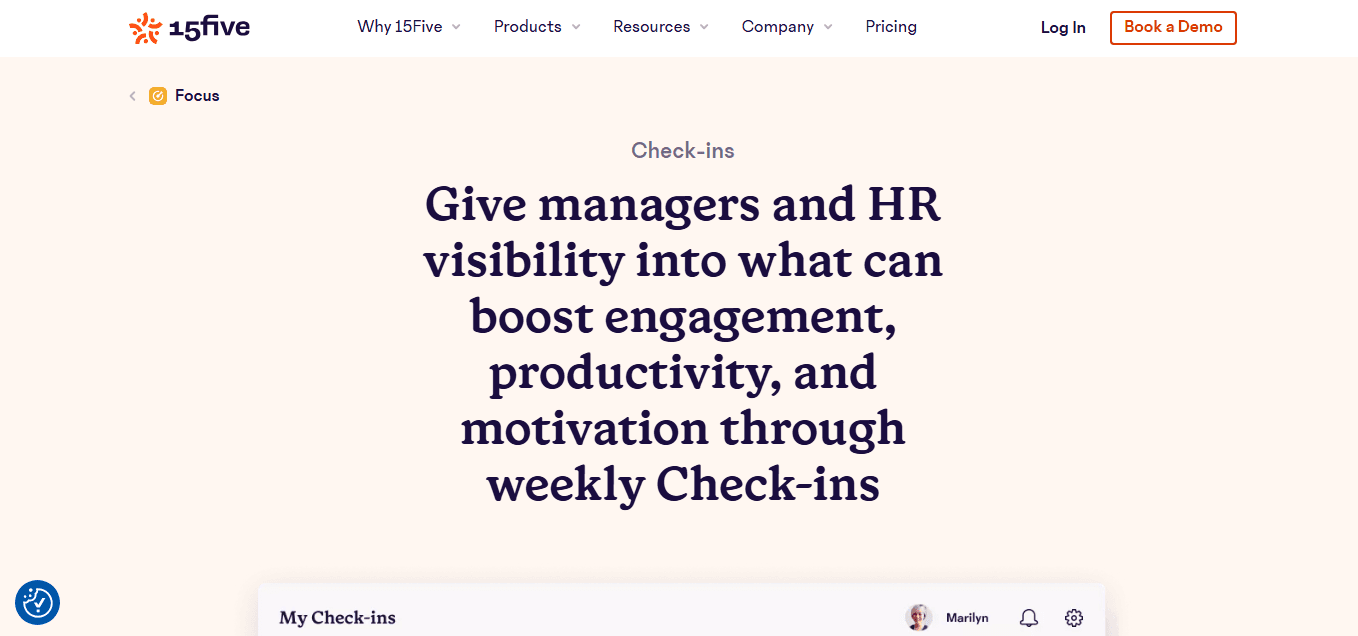
Embracing Async Standup Tools for Remote Teams in 2025 and Beyond
In the ever-evolving digital workplace, especially in a world where remote and hybrid models dominate, asynchronous communication is no longer just a nice-to-have—it’s a strategic necessity. Teams distributed across time zones, cultures, and work environments must rely on more flexible and human-centric collaboration methods. That’s where async standup tools play a pivotal role.
Throughout this guide, we explored the top 10 async standup tools that have risen to the challenge of transforming how teams communicate, stay accountable, and build a sense of cohesion without being online at the same time.
But as we wrap up, let’s go deeper. Why do these tools matter? What should teams consider as they choose the right platform? And most importantly—how do async standups shape the future of work?
The Rise of the Remote Workforce and the Need for Async Tools
The shift to remote work was initially a response to global challenges like the pandemic, but it has since become a permanent and preferred mode of operation for many companies. As of 2025, thousands of organizations—startups, SaaS firms, digital agencies, and even Fortune 500 companies—now operate with globally distributed teams.
However, this shift introduces complex challenges:
- Time zone coordination becomes nearly impossible.
- Meeting overload causes cognitive fatigue.
- Employee disengagement due to lack of autonomy and flexibility.
Async standup tools solve these pain points by allowing team members to share updates on their schedule, without disrupting deep work or requiring synchronous attendance. They empower people to manage their day better, focus on results, and communicate effectively—without the pressure of “live” meetings.
How Async Standup Tools Enhance Team Dynamics
1. Promote Autonomy and Flexibility
One of the biggest psychological benefits of async tools is empowerment. People are trusted to update their progress independently, leading to a higher sense of responsibility and autonomy.
2. Reduce Meeting Fatigue
Instead of dragging everyone into a 9 AM Zoom call across five time zones, async tools let teams check in within seconds. No more energy-draining standups. Updates are delivered, digested, and documented without the drama.
3. Improve Accountability
Written updates leave a trail of progress. This history can be used for sprint reviews, retrospectives, or even performance check-ins. There’s less chance of things slipping through the cracks.
4. Boost Transparency
All team members, regardless of seniority or location, can see what others are working on. This builds context across departments and encourages cross-functional understanding.
5. Encourage Inclusivity
Not everyone feels comfortable speaking in live meetings—especially new hires, introverts, or non-native English speakers. Async standups offer a safe and equal space for all voices.
Key Takeaways from the Top Tools
Let’s quickly reflect on the distinct strengths that different tools bring to the table:
Tool | Strength Area |
| Geekbot | Seamless Slack/Teams integration with mood tracking |
| Standuply | Multi-format input: text, video, audio |
| DailyBot | Versatile and integrates with Discord & Google Chat |
| Range | Human-centered with icebreakers and OKRs |
| Status Hero | Lightweight with robust reports |
| Jell | Simplicity and goal tracking |
| Friday (ClickUp) | Embedded in task/project management |
| Troopr | Strong for Agile workflows and sprint summaries |
| Tatsu | Audio-first and ideal for voice-preferred teams |
| 15Five | Best for HR/performance alignment |
Each tool offers a unique angle—some focused on engineering productivity, others on emotional intelligence or cultural alignment. The best fit depends on team culture, workflow, and tools already in use.
Choosing the Right Async Standup Tool: Strategic Tips
Here’s a checklist to help you make an informed decision:
- What platform is your team already using?Slack/Teams-based tools like Geekbot or Standuply work better in those ecosystems.
- What’s your communication style?
- Prefer text? Go with DailyBot or Status Hero.
- Want voice? Tatsu might be ideal.
- Looking for visual engagement? Range is a great pick.
- Do you need performance metrics or mood tracking?
- 15Five, Geekbot, and DailyBot offer features that go beyond just status updates.
- What’s your team size and budget?
- Startups might prefer tools with generous free tiers like Geekbot or DailyBot.
- Enterprises might invest in deeper integrations via ClickUp or Standuply.
- Do you need integrations with dev tools?
- For Agile/Scrum teams, tools like Jell, Troopr, and Standuply connect well with GitHub, Jira, Trello, etc.
- How important is reporting and analytics?
- Status Hero and Standuply stand out for teams that want dashboards and historical insights.
Real-World Examples: How Companies Use Async Standup Tools
A SaaS Startup in Berlin
Their fully remote dev team uses Geekbot within Slack. Every morning at 10 AM local time (for each member), they receive an automated ping. Updates are shared, blockers are flagged, and summaries go to a “#standups” channel visible to all stakeholders.
A Global Marketing Team
This team operates across the US, UK, and Australia. They use Range to combine check-ins with team-building questions like “What made you smile yesterday?”—bringing emotional intelligence into remote work.
An Agile Engineering Team in India
This team integrates Standuply with Jira and Trello to automate not just standups, but sprint planning and retrospectives. All updates are pushed to Slack and summarized for PMs weekly.
The Role of AI and Automation in Async Standups
The best async tools in 2025 aren’t just passive bots—they’re powered by AI and smart automation. Some ways this helps:
- Auto-summarizing standups to save manager time
- Detecting blockers or mood changes with sentiment analysis
- Providing personalized reminders based on user behavior
- Analyzing trends in performance or engagement across sprints
This shift from manual updates to intelligent, proactive systems means teams can focus more on work—and less on admin.
Why Async is More Than a Trend—It’s a Culture Shift
Implementing async standups isn’t just about replacing live meetings. It’s about changing how your team communicates, collaborates, and trusts one another. This culture shift includes:
- Prioritizing documentation over conversation
- Valuing outcomes over appearances
- Creating a respectful, interruption-free environment
- Empowering employees to work in deep focus blocks
Async tools are a manifestation of modern work philosophy: remote-first, human-centered, and productivity-driven.
Potential Challenges and How to Overcome Them
Let’s not sugarcoat it—async isn’t perfect. Some teams struggle with:
1. Lack of Engagement
Solution: Choose tools that support nudges, gamification, or fun elements (like DailyBot’s Kudos or Range’s icebreakers).
2. Fragmentation Across Tools
Solution: Select tools with integrations (Slack, Jira, ClickUp, etc.) to reduce context switching.
3. Low Accountability
Solution: Use dashboard-based tools like Status Hero and ensure updates are part of performance conversations.
4. Team Members Skipping Updates
Solution: Set expectations clearly and build a culture where async updates are non-negotiable but stress-free.
Looking Ahead: The Future of Async Work
In 2025 and beyond, async tools will likely evolve further with:
- Voice-to-text AI updates
- Calendar-aware bots that avoid pings during deep work
- Integrations with digital wellbeing tools
- Smart blockers detection through project updates or inactivity
- GPT-powered standup generation based on your Git commits or task completion
We’re moving toward a frictionless async ecosystem where standups don’t feel like a chore, but rather a useful rhythm of work.
Conclusion
As we close this comprehensive guide, here’s the ultimate truth:
Meetings don’t build alignment—communication does. And in the digital workplace, communication needs to be flexible, thoughtful, and efficient.
Async standup tools are more than just bots—they’re cultural touchpoints, productivity enhancers, and clarity engines.
By choosing the right async standup tool, you empower your team to:
- Take ownership of their day
- Stay connected without being overwhelmed
- Deliver outcomes—not just attendance
So whether you’re a small startup, a remote design agency, or a global enterprise, now is the time to reimagine your daily rituals. Say goodbye to morning chaos and hello to async calm.

